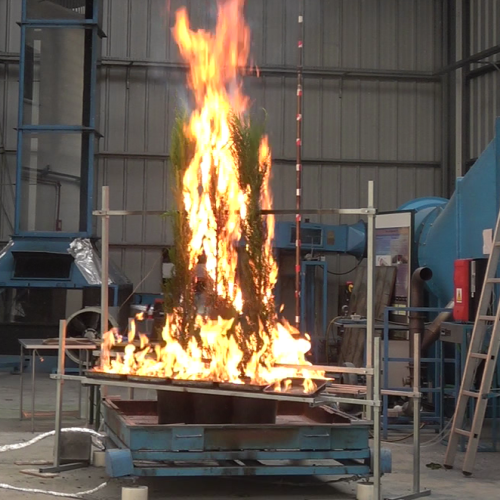
The role of ornamental vegetation in community fire resilience
Ornamental vegetation is a common feature of gardens and hedgerows in the wildland-urban interface (WUI) - basically the area where human development meets wildland vegetation – but it can also pose a hidden fire hazard. Recent research shows that different ornamental species vary dramatically in flammability, and plant selection around homes and communities can significantly impact fire safety.
